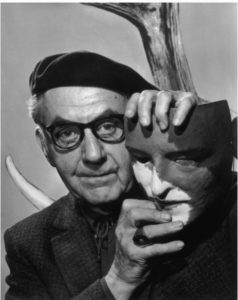It is 100 years this month since the International Exhibition of Modern Art – aka the notorious Armory Show – opened in New York. Containing canvases by Cézanne, Van Gogh and Picasso, it attracted the ire of the American press, who derided the avant-garde work on view as highfalutin and abstruse. At the eye of the storm was Marcel Duchamp’s masterwork Nude Descending a Staircase, No 2 (1912), which one journalist mocked as “an explosion in a shingle factory”.Some visitors, though, were stimulated rather than shocked, including a 22-year-old artist called Emmanuel Radnitzky, the eldest child of a Ukrainian immigrant. For several months already, Emmanuel had been signing his paintings “Man Ray”. After initiating a lifelong friendship with Duchamp, who arrived in New York in the summer of 1915, Man Ray went on to become a prominent member of Dada and Surrealism.Today his Surrealist objects (a photograph of a woman’s eye attached to a metronome; a flatiron bristling with menacing tacks) and his photographs (who can forget his vision of a woman’s naked back decorated with scrolling F-holes from the soundboard of a violin?) are so well known that it is hard to believe, as its curator writes in the catalogue, that Man Ray: Portraits at the National Portrait Gallery is “the first show dedicated solely to his work in a British national museum”. With more than 150 prints taken by Man Ray between 1916 and 1968, the exhibition offers a comprehensive overview of the artist’s photographic career. by Alastair Sooke in The Telegraph – 02/05 /2013 

There are no comments published yet.